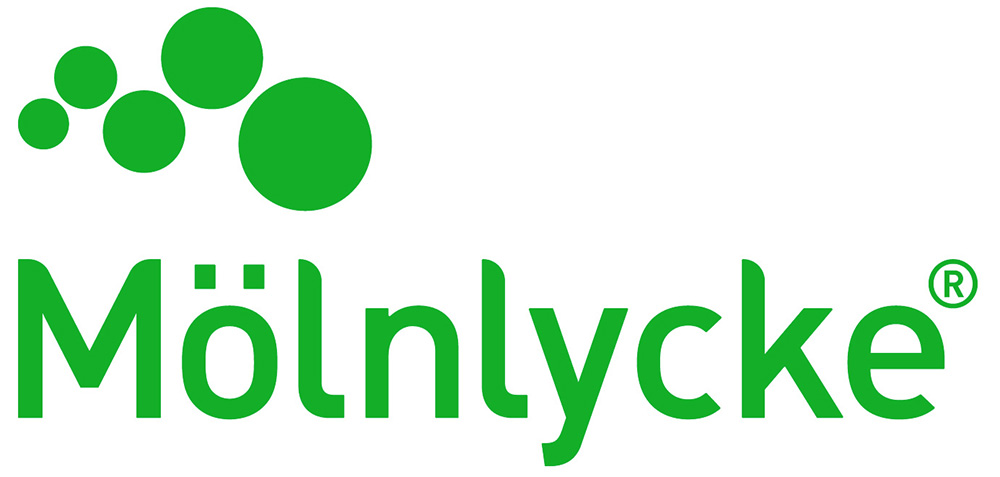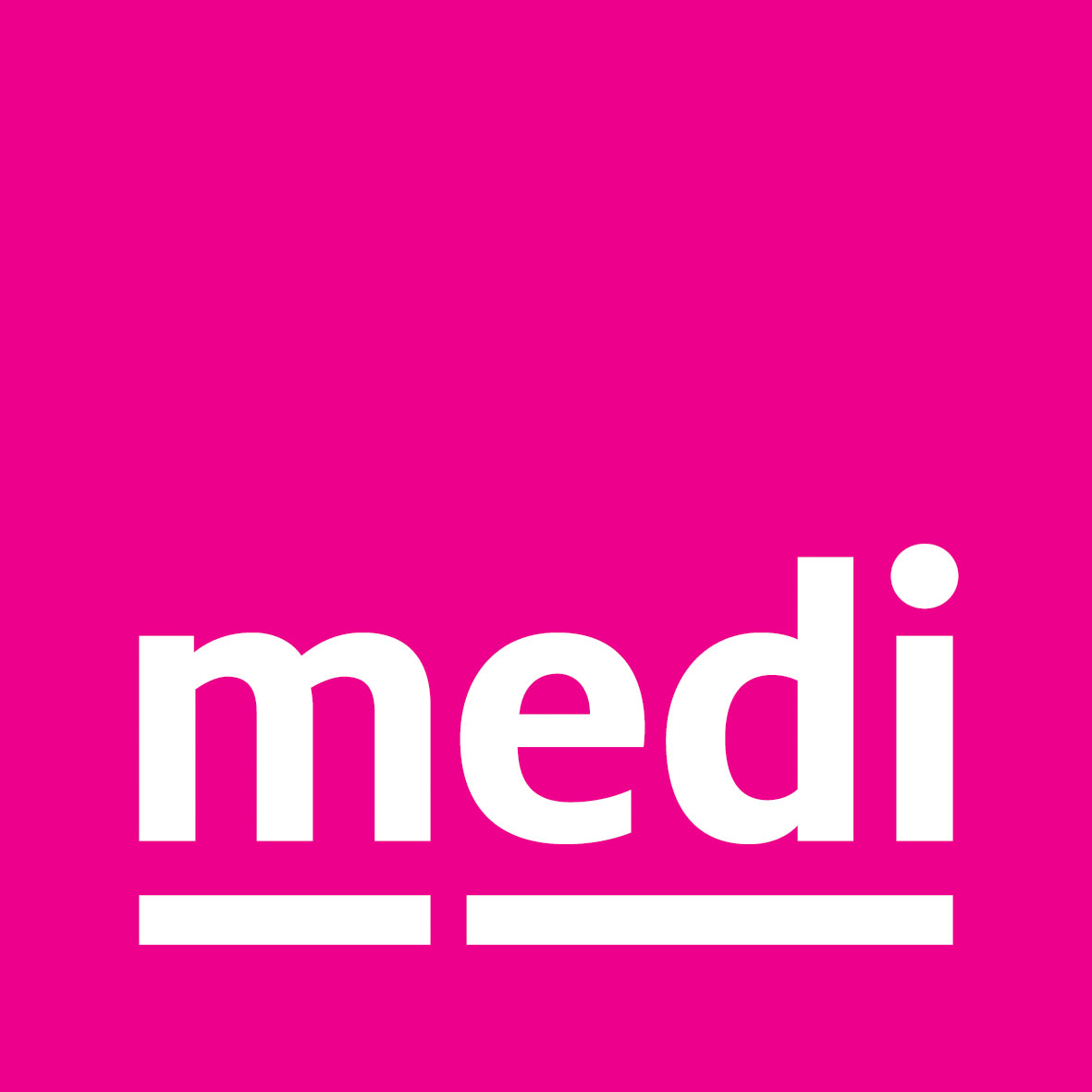Myka Ransom

Myka is a Medical Statistician in Surgical Interventions, Devices and Diagnostics Division at Leeds Institute for Clinical Trials Research.
She has experience in pragmatic trials investigating strategies for treating wound healing (diabetic foot ulcers and post-surgery for keratinocyte skin cancers), autoimmune diseases (psoriatic arthritis, Sjögren’s syndrome), musculoskeletal conditions (distal upper limb disorders), cardiovascular disease, liver disease, and bowel disorders (IBS-D).
Presentation at The Society of Tissue Viability 2025 Conference
MIDFUT: Multiple interventions for Diabetic Foot Ulcer Treatment Randomised Controlled Trial (RCT)
PRESENTATION WITH HENRIETTA KONWEA
Objectives
This presentation would be of interest to Podiatrists, Tissue Viability Nurses, Medics, Physios, Health Scientists, and anyone with an interest in diabetic foot ulcer healing.
Learning points
- MIDFUT investigated effects of different combinations of hydrosurgical debridement, decellularised dermis, and negative pressure wound therapy versus treatment as usual in time to healing for diabetic foot ulcers
- None of these treatment strategy combinations showed any signal of a clinical benefit at 4 weeks post randomisation
- Further research is required on the use of 4 week healing as a surrogate marker for chronic wounds
Abstract
Background – Diabetic foot ulcers(DFUs) are a significant burden to patients and the NHS, with poor outcomes still being reported despite advances in treatment as usual(TAU). Earlier healing of DFUs improves patient outcomes and reduces treatment costs. The use of adjuvant therapy is limited by expense and lack of robust evidence. To determine the most efficient adjuvant therapy regimen, MIDFUT compared four treatment strategies comprising combinations of hydrosurgical debridement(HD), negative pressure wound therapy(NPWT), and decellularised cadaveric dermis(DCD) graft to TAU alone: HD, HD+NPWT, HD+DCD, HD+DCD+NPWT.
Methods – MIDFUT was a multicentre, seamless Phase II/III, open, parallel, adaptive multi-arm multi-stage RCT with planned “drop-the-losers” interim analysis at 4 weeks to select best treatment strategies to be definitively evaluated up to 52 weeks post-randomisation.
Summary / major findings – The HD+NPWT strategy was deemed less clinically meaningful in practice – for efficiency, recruitment to that arm ceased early. Then the adaptive design element was removed in response to pandemic recruitment challenges, and trial delivery focussed on Phase II objectives. At 4 weeks no treatment arm signalled clinical benefit. A higher proportion of participants in HD+DCD+NPWT experienced treatment-strategy related adverse events(17.5%) compared to HD(4.9%) and HD+DCD(7.3%).
Conclusion / key messages – The Phase II analysis did not uncover any clinical signal to justify taking any of the treatment strategies forwards for definitive evaluation. The utility of 4-week healing as a surrogate marker of healing in chronic DFU trials warrants further investigation.
Presentation at The SoTV/EWMA 2024 Conference, London
Research and data underpinning successful Randomised Control Trial (RCT) design in dermatological surgery: The HEALS2 trial
Learning objectives
After attending this session, persons will be able to:
-
Understand current evidence for compression therapy to aid healing of lower limb secondary intention wounds
-
Learn about healing time for lower limb secondary intention wounds and factors affecting healing post-surgery
-
Describe the process and feasibility required to develop a funded NIHR Randomised Controlled Trial in skin cancer surgery
-
Learn how patient and public involvement played an integral role in our study development
Abstract
Aim: We describe the pathway taken by dermatology surgeons and researchers to a successful RCT design and NIHR funding. HEALS2 is a multicentre RCT comparing the clinical and cost-effectiveness of standard care(SC) vs. SC + compression therapy(CT) in wounds healing by secondary intention(HBSI) in patients undergoing excision of keratinocyte cancer(KC) on the lower limb.
Methods: We demonstrated:
- evidence of an efficacy signal from the intervention
- clinician equipoise
- patient acceptability
- feasibility
This was achieved through: evidence review(1,2); Dermatologists’ survey(3); patient and carer focus group and; cohort study(4, 5).
Results:
Reviews: Effectiveness of CT demonstrated in venous leg ulcers(1). No trial evidence found for lower limb KC excision(2).
Survey: 109 dermatologists indicated median 5 lower limb KC excisions/month/centre, 48% wounds HBSI and clinical equipoise(3).
Focus group: n=8 identified time to healing, complications and quality of scar/healing as important outcomes and design allowing both bandages and hosiery.
Feasibility cohort: 58 participants, median time to healing of 81 days (SC arm)(4, 5) informing RCT sample size estimate: 396 participants(198 per group) for 90% power; 30% reduction in time to healing.
Conclusions: We hope our journey to successful RCT funding will inspire other clinical researchers to develop research ideas with potential to improve patient outcomes.
Acknowledgement: 2014 UK DTN trainee programme funding | HEALS2 trial is funded by NIHR HTA














